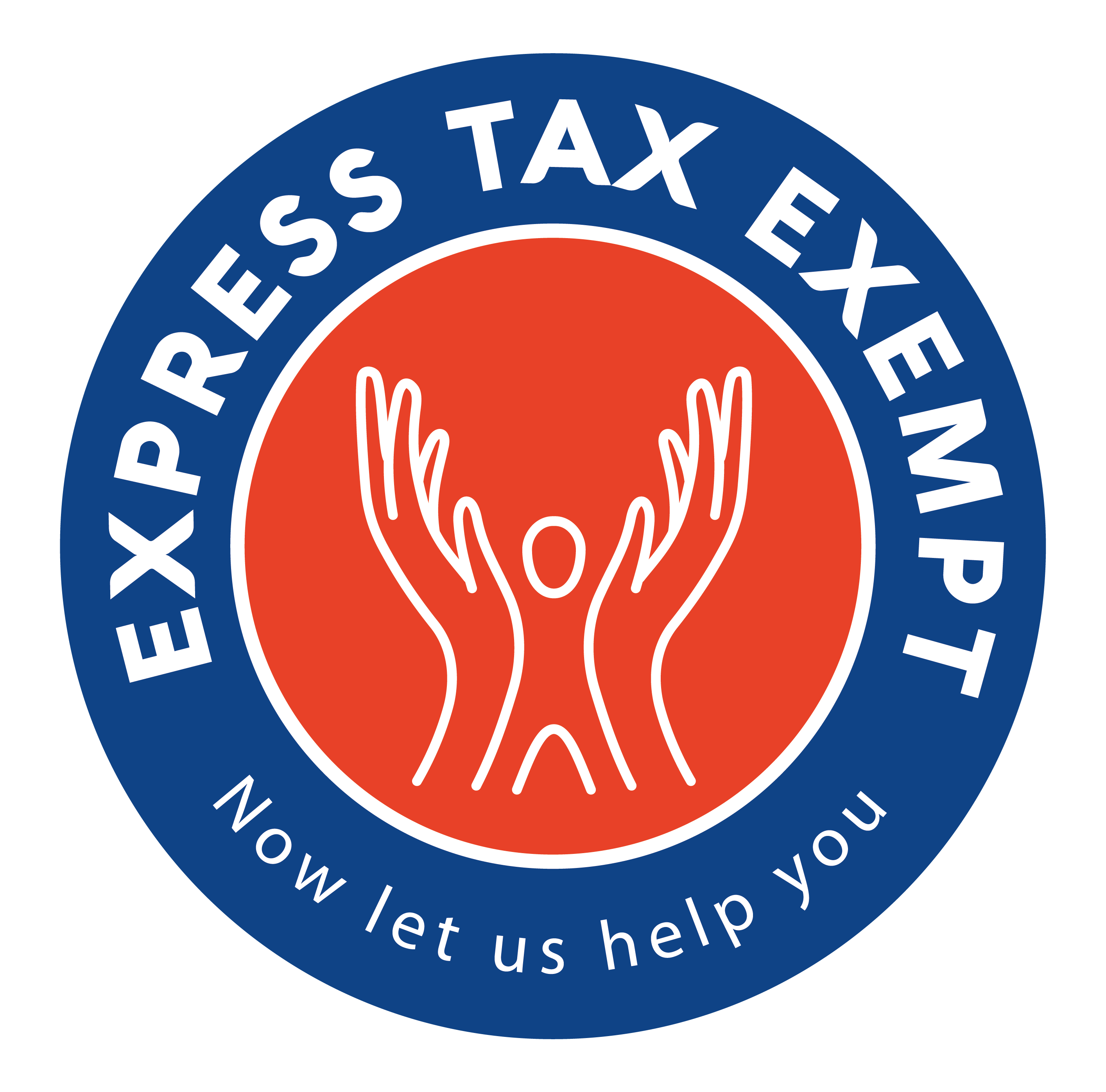Dodge Red Flags: ExpressTaxExempt’s Tips for Avoiding Fraud and Common Scams

Today is Friday and you know what that means…Finance Fridays with ExpressTaxExempt! Hopefully, you learned something from last week’s blog about debt management and consolidation and have been implementing new strategies to better the financial health of your organization!
Nonprofit organizations can be the perfect target for scams and fraud. You work hard to help your organization succeed, the last thing you want to see is all that hard work down the drain due to a scammer or robocall. At ExpressTaxExempt, we don’t want to see that happen either! That’s why we’re dedicating this Finance Friday to tips to help your organization avoid scams and fraud.
Join ExpressTaxExempt as we break down each component of financial literacy in a series entitled Finance Fridays in celebration of Financial Literacy Month. Check ExpressTaxExempt’s blog every Friday in April for friendly financial tips from your favorite 990 series e-filing provider.
Avoid Scams
Anyone can be vulnerable to scams and fraud, with robocalls and fake emails catching you from every angle. However, your nonprofit organization falling for a scam could be more costly than falling for a scam in your personal life. This is because fraud can tarnish the reputation of a nonprofit, hurting your ability to secure potential future donations.
Most scammers see nonprofits as easy targets because they assume employees, though knowledgeable in their specific field, do not fully understand the organization’s internal operations and finances. This is why it is important for nonprofits and tax-exempt organizations to increase the financial literacy of all of their employees from the top down.
Common Scams and Fraud
It’s not just outside threats you have to look out for, fraud can occur internally within an organization as well. This doesn’t mean you need to be paranoid and untrusting of your employees, but it never hurts to be careful! Here are a few examples of internal scams that could affect your nonprofit or tax-exempt organization:
Ghost Employees:
A ghost employee will be listed on an organization’s payroll, even though they do not actually work for the organization. These employees can either be real individuals or fictitious people who are placed on an organization’s payroll to collect pay fraudulently.
A ghost employee can be hard to catch on your payroll as it will be recorded as a normal payroll transaction. The best way to avoid falling prey to a ghost employee is to be vigilant when managing and reviewing your payroll each pay period. Instead of dedicating one person to payroll, bring in multiple trusted employees who can review and confirm accurate payroll is being recorded each pay period.
Stealing Cash and Checks
Theft occurs when an employee or anyone who has gained internal access to the organization removes cash or assets with the intention of hurting the organization.
The best way to minimize the theft of cash within your organization is to deposit it in a bank as soon as possible. If this is not possible for your organization’s situation, include multiple employees in the cash collection process, thoroughly document cash collected through duplicate receipts, and store cash in a secure location, such as a safe.
Vendor Kickbacks
A kickback is when two parties collude in corrupt practices for personal benefit. For example, an employee could collude with one of your organization’s vendors. This could look like an invoice for an amount greater than what was agreed upon between the vendor and the organization. However, the employee colluding with the vendor will still cash the invoice and split the profit with the vendor.
Vendor kickbacks could damage your organization’s reputation as it may appear as bribery or bias if potential donors see that donations are inappropriately going towards one vendor.
Embezzlement
Embezzlement occurs when an individual who is entrusted with assets or property, typically cash, swindles or steals from the organization that trusted them. To prove embezzlement occurred an organization needs to show that the employee acting in a fraudulent manner had significant control over the property.
Not all cases of embezzlement are the same, while some embezzlers may take small amounts over a specific timeline, others may take a large amount all in one occurrence. The best way to protect your organization against embezzlement is to require multiple checks to approve transactions and transfers. This may be harder for smaller organizations with fewer employees, but multiple steps of authorization can help ensure cash and assets are approved correctly.
Fraud can be easier to detect when there are multiple levels of employees involved, working to check and balance each other.
Identify Red Flags:
When you are busy operating and promoting a nonprofit or tax-exempt organization, identifying scams and fraud likely feels like one more thing on your very long to-do list. Understanding the signs of fraud or scams can help you and your staff quickly identify and avoid fraudulent activity within your organization.
Here are a few red flags to keep your eye on, so that you can help your organization identify potential scams and instances of fraud:
- Lack of visibility over employees in control of payments and vendors.
- One employee with complete control over assets.
- Bank reconciliations that consistently take longer than expected.
- Vendor invoices with an incorrect address (address may even be an employee’s home address).
- Vendors with no physical address or other vague information.
- Multiple monthly invoices from one vendor.
- Inventory and asset shortages.
- Altered and unclear invoices or other documents.
It is important to educate your staff, not only on the red flags of fraud but also on the consequences it may impose on the organization. To avoid instances of fraud, employees and executive members need to carefully review documents, especially invoices. Placing internal controls on authorization and cash collection can help hold all employees accountable for the organization’s assets, lessening the potential for fraudulent activity.
Other tips to avoid fraud and scams include:
- Take Security Seriously: If your nonprofit is working remotely, use virtual private networks (VPN’s) when you browse on public Wi-Fi networks.
- Better Staff Training: Some organizations may experience high turnover rates making proper training difficult, but properly trained staff are more equipped to identify fraud before it happens. Additionally, knowing your staff on a deeper level could help you identify potential embezzlers or scammers.
- Establish Clear Policies: A high level of transparency among staff members and executives makes it easier for cash flow and assets to be monitored.
ExpressTaxExempt
Was this article helpful? ExpressTaxExempt is here to help your nonprofit or tax-exempt organization succeed. Check out ExpressTaxExempt’s blog for IRS requirement updates and helpful tips for your nonprofit or tax-exempt organization.




